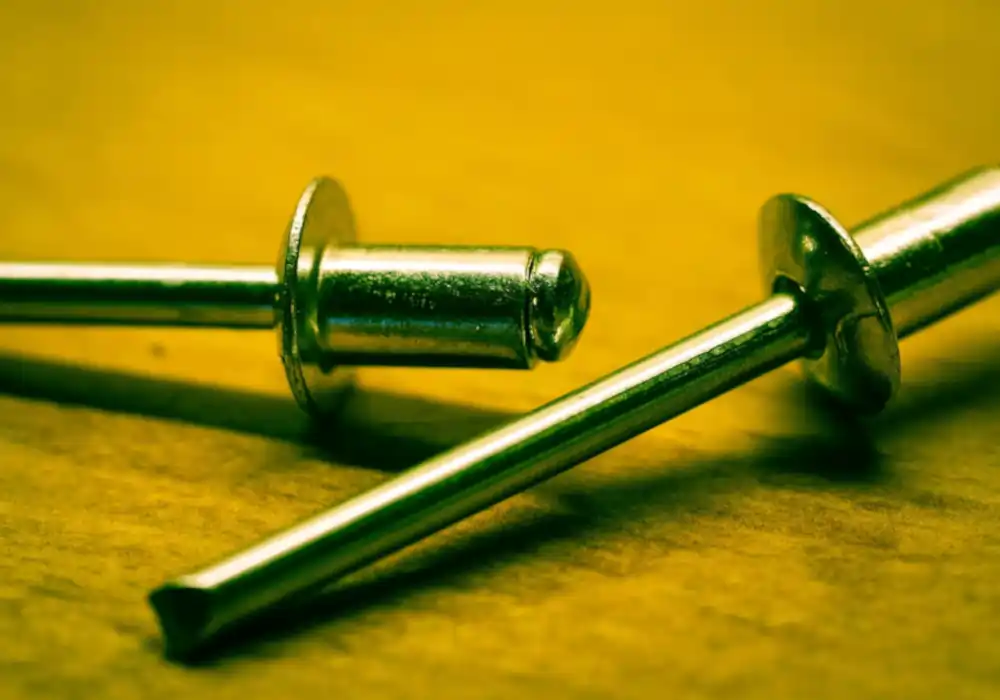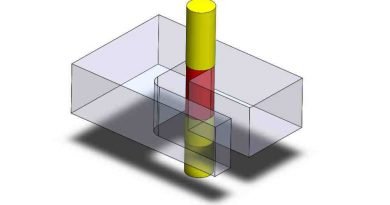Rivet Size Chart
Rivets are one of the most important fasteners used in the area of applications such as manufacturing, production, construction, metalwork, aircraft, and other projects. Choosing the correct size of rivet is important for ensuring the joint strength, durability and safety. Whether you are working on steel structures, aluminum panels or engineering marvels, understanding the rivet sizes helps you to avoid weak joints and over penetration.
What is a Rivet?
A rivet is a permanent mechanical fastener made up of a smooth cylindrical shaft with a head on one end. Rivet is used to join two or more materials by deforming the tail of rivet by hammer or applying the pressure on another end of rivet, which expands and holds the materials together after the insertion of rivet into the materials to be joint.
When selecting rivets, there are two major dimensions are important:
Diameter (D): The width of the rivet shaft.
Length (L): The maximum material thickness the rivet can hold.
The selection of the ight rivet size is very important. You need to understand various things before selecting the right rivet such as, you always match grip range with material thickness, you need to choose the correct hole size too loose can weaken joints.
| Rivet Size | Diameter (inches) | Diameter (mm) | Grip Range (inches) | Recommended Hole Size (inches) |
| 3/32″ (3) | 0.094 | 2.38 | 0.063 – 0.125 | 0.098 – 0.100 |
| 1/8″ (4) | 0.125 | 3.18 | 0.063 – 0.375 | 0.129 – 0.132 |
| 5/32″ (5) | 0.156 | 3.97 | 0.063 – 0.500 | 0.161 – 0.165 |
| 3/16″ (6) | 0.188 | 4.76 | 0.063 – 0.625 | 0.193 – 0.196 |
| 1/4″ (8) | 0.250 | 6.35 | 0.125 – 0.875 | 0.257 – 0.261 |
Using the appropriate material rivets such as stainless steel for corrosion resistance is also important and by checking the specifications from manufacturer datasheets for critical applications.
Applications of Rivets:
Rivets are one of the most important fasteners used in various applications manufacturing, production, construction, metalwork, aircraft, and other projects.
- Aircraft and aerospace engineering
- Sheet metal fabrication
- Automotive paneling
- Bridges and structural components
- Home repairs and furniture
- Engineering marvels such as trains, cruises, bridges, etc.
Choosing the right rivet size ensures the durability and precision which is used in any application. Use the rivet size chart above to make your selection easier and more accurate. Whether you’re a manufacturer or a professional engineer, understanding the rivet dimensions helps you get your work.





